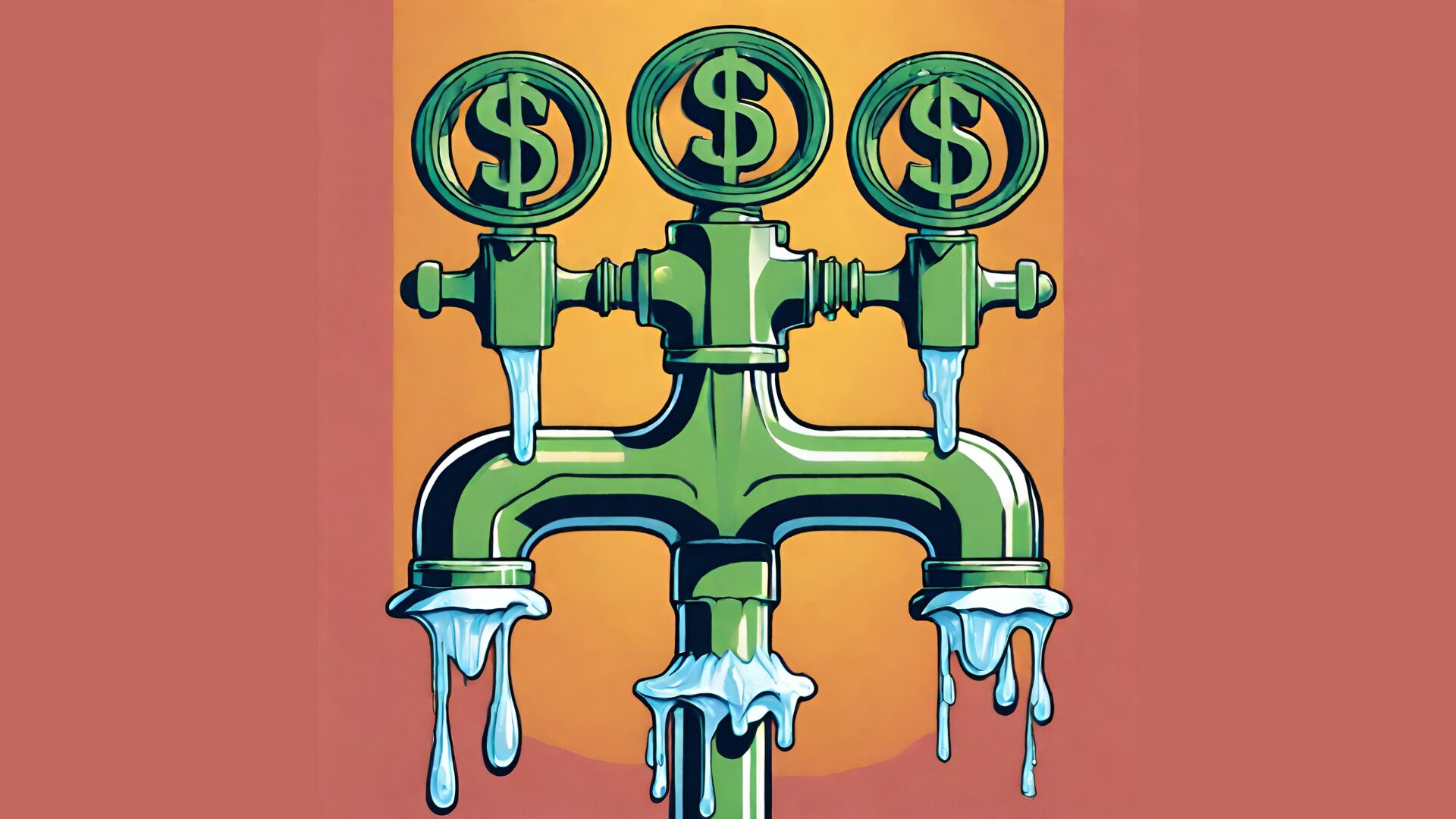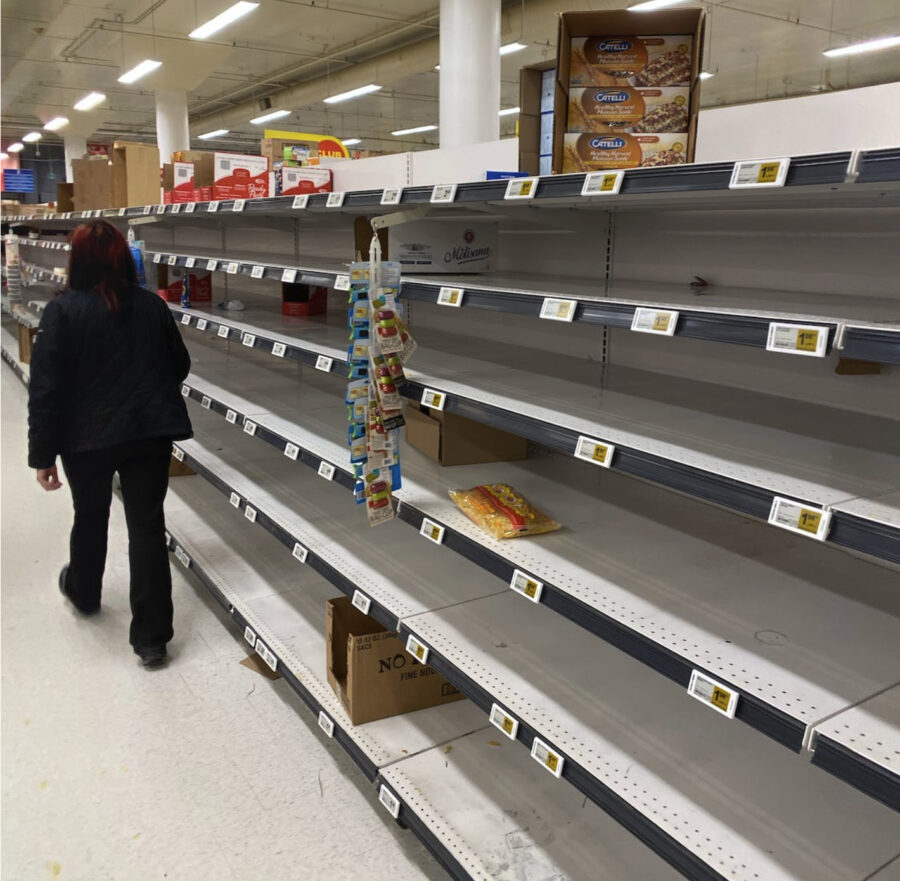Dynamic pricing is a concept that can help many businesses and brands maximize sales potential within retail and grocery. Simply put, dynamic pricing helps manage the supply and demand for products and/or services by changing the given cost depending upon when consumers are most (or least) likely to purchase it, incentivizing consumerism based upon macro factors such as in-store supply and overall market demand.
When combined with micro factors driven by data such as personal shopping history, purchasing and retail trends per demographic, and simple holiday consumer habits, dynamic pricing can help retail and grocery executives not only identify the consumers most likely to purchase products, but know which products to stock at the right time to maximize sales.
Think of it as a Venn diagram for sales with consumers on one side, time/opportunity to buy on the other, and the sale in the middle.
“The closest in-application is to use dynamic pricing to reduce spoilage loss, which every food retailer already does with varying degrees of sophistication,” said Michael Thompson, a consumer pricing expert at PA Consulting, to The Food Institute.
“The emerging opportunity is to get smart and more effectively connect loss to promotional activity.
“The next nearest-in application requires a deeper understanding of your shoppers. If you can identify circumstances in which consumers value a product more, you can charge more under those circumstances. This goes better when the retailer provides an obvious incremental benefit with an implicit cost component, such as delivery.”
Keys to Effective Dynamic Pricing
Dynamic pricing requires patience, data diligence, and a keen knowledge of the local market and business, and – most importantly – of the consumers who shop there.
“The first step is to understand what your shoppers value and deliver a differentiated shopping experience that would justify a pricing premium,” Thompson said.
“As you start exploring dynamic pricing, conceptualize it as a way to deliver superior value to your shoppers. If you truly know your shoppers, you’ll be justified in identifying the products and circumstances under which they’d pay a premium as well as when products need to be discounted.”
“Getting to mastery in dynamic pricing requires significant investments in data scientists, data clean-up, and AI algorithms,” added Arnab Sinha, a senior partner at Boston Consulting Group who leads pricing practice in North America, to The Food Institute.
“For someone who hasn’t yet experimented we’d recommend to first prove out the value and pilot a few categories (likely e-commerce). Once pilot value is confirmed, start scaling across categories – both online and offline.”
Sinha says product/services scaling requires significant investments into data infrastructure and possibly AI-based tools to handle the data load and produce a viable model in which to work. From there, it is up to the executive team to “rewire business practices and governance” to embed new capabilities into former ways of working for the in-store employees and administrators alike.
Dynamic Pricing’s Impact
Both Sinha and Thompson believe in the power of dynamic pricing to benefit all parties involved.
“Consumers need to know that dynamic pricing is a good way to balance supply and demand,” Sinha added.
“It is not (and should not) be a way to extract more money from consumers. Well-executed dynamic pricing should offer opportunities to consumers to pay less if they are willing to give up something (eg, convenience, speed, specific brand, etc.).”
“Imagine a retailer has a large volume of bananas that are getting close to becoming overripe,” Thompson suggests.
“If they don’t think in terms of dynamic pricing and discount these bananas, they’re going to throw a bunch of their stock out. If this happens often, the retailer would need to price bananas higher to justify selling bananas, or carry less stock to take less risk,” adding that higher prices combined with low inventory is a bad equation for consumers.
“On the other hand, the retailer can discount these bananas and liquidate the inventory before it goes bad. So a retailer that’s smart about dynamic pricing can deliver better everyday value – as well as opportunistic savings through discounts – along with superior assortment.”
Using Dynamic Pricing in Grocery
As inflation slowly dwindles, companies large and small will scramble to hold onto as many customers as possible while inviting more through their doors with precious expendable income for basic food/bev staples as well as more discretionary purchases. The omnichannel can be an ideal opportunity to further employ dynamic pricing to everyones’ mutual advantage.
“For retailers, dynamic pricing works best and is widely used online,” Sinha said.
“Supply and demand data are easily available. In addition, it is much easier to change prices online versus changing tags on a physical shelf. Offline / brick & mortar dynamic pricing is best done via personalized promotions and/or mobile deals delivered via apps.”
Anyone who’s ever booked a flight has experienced dynamic pricing as fares can change from minute to minute; what was a deal yesterday may be a dealbreaker tomorrow.
“Customers believe in dynamic pricing when they can intuitively understand the supply/demand mismatch,” Thompson said. “Within food, the same principle applies: if consumers can perceive the difference between supply and demand, they’re more likely to accept it. Produce and perimeter categories in general work better than center-store since shoppers know you can’t keep an infinite number of avocados ‘in the back’ the way you could center-store categories.
“For some categories, dynamic pricing could even credential the freshness of the products. A bakery that sells yesterday’s cookies at a discount is not-so-tacitly letting you know their cookies are baked fresh daily.”











